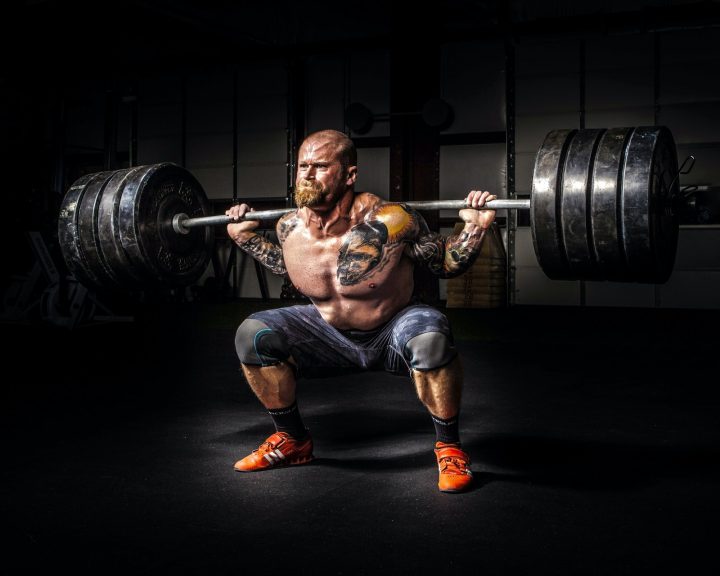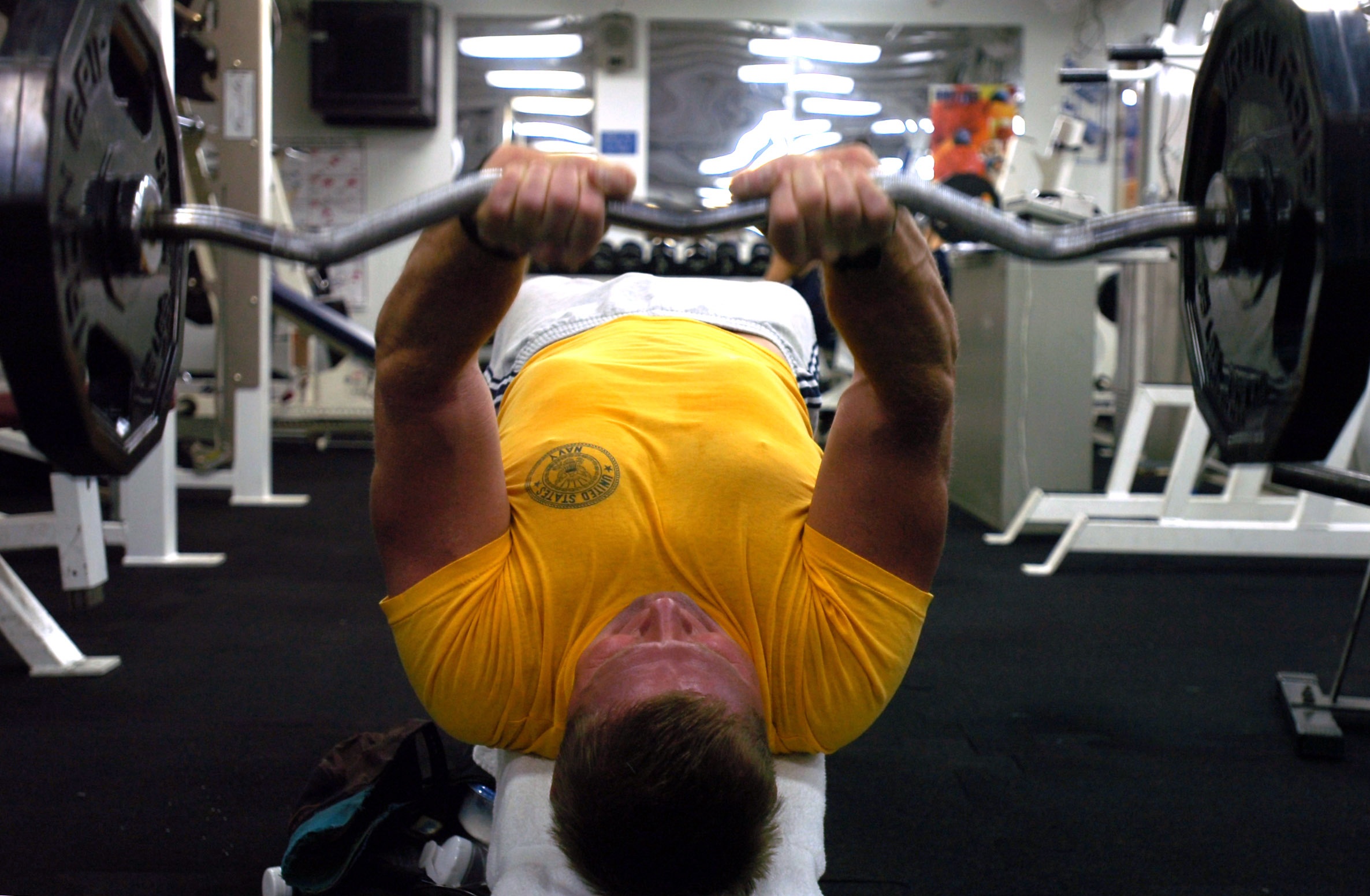Agility is often a difficult physical ability to train. I often view it as the summation of the athlete’s physical abilities (strength, speed, mobility, etc.) that is applied to the sport’s movement patterns. This requires all-around development of the athlete and a pretty good understanding of how the athlete moves in the sport.
Except at elite levels, most strength and conditioning coaches don’t have the luxury of specializing in a specific sport. This means that they have to work with a wide range of athletes and sports and they may not be experts of each sport’s movement patterns. As a result, agility training tends to focus on developing speed qualities, fundamental movement skills (like shuffling, back pedaling, etc.), and drills that combine everything. While this is better than doing nothing, the practice may conflict with what the research is telling us about agility training.
For example, in 2005 Thomas Little and Alun Williams had an interesting article published in the Journal of Strength and Conditioning Research. This article looked at 106 professional soccer players from English League teams and had them perform acceleration (10 meter sprint), maximum velocity (flying 20 meter sprint), and agility (zigzags)tests. The results found that while there is some relationship between the three tests, it was fairly weak (r-squares ranging from .12 to .39). In other words; acceleration, maximum velocity, and agility may be different skills even if they share some physical traits.
When looking at the training of agility, in a classic study Young et al (2001) conducted speed or agility training on untrained men over a six week period. The speed group did straight ahead sprinting, the agility group performed sprints with multiple 100 degree changes of direction. At the end of their training they found that the speed group made better gains on the straight-ahead sprinting tests while the agility group made better gains on the agility tests, i.e. suggesting that they are different skills.
Continuing with this line of thought, Lockie et al in the current issue of the International Journal of Sports Physiology and Performance conducted a study with semiprofessional and amateur male basketball players. The authors had the subjects test on the ten meter sprint, a planned Y-shape agility test (sprint five meters, then turn 45 degrees to the right or left), and a reactive Y-shape agility test (sprint five meter, react to a light to randomly turn 45 degrees to the right or left). The idea was to compare the two groups, the differences between the planned/reactive conditions, and to see if there is a relationship between any of the testing results.
Results:
- Semipro players were approximately 3% faster on the ten meter sprint
- Semipro players were 3-4% faster on the planned agility tasks
- Semipro players were 6-7% faster on the reactive agility tasks
- Semipro players were approximately 34% slower on the reactive agility tasks than on the planned agility tasks
- Amateur players were approximately 38% slower on the reactive agility tasks than on the planned agility tasks
The differences between semipro players and amateur players for the 10 meter sprint and planned agility tasks were not statistically significant, though this may have had real-world significance. In terms of correlations, the ten meter sprint was significantly correlated with each of the planned agility tests. The ten meter sprint test was significantly correlated with the reactive right test, but the r-squared was only around .23. The planned left direction test was not related to either reactive tests, though the planned right condition test was weekly related to the reactive right (again, an r-squared of around .23).
The Lockie et al paper suggests that the semiprofessional players are faster than the amateur ones, while this may not be statistically significant a three percent difference will have real-world significance. It also shows that the semiprofessional players are better at reactive agility than the amateur ones.
Taking all three papers into account, to me they seem to reinforce the importance of two approaches to agility training. First, there are common physical abilities that can be trained that can help with agility training. These include things like strength, power, acceleration, mobility, fundamental movement skills, etc. Second, every situation and agility movement is different and is a specific skill. So training everything builds the foundation to allow the athlete to master and be successful at the agility skills, but they have to practice the specific skills to improve.
References:
Little, T. and Williams, A.G. (2005). Specificity of acceleration, maximum speed, and agility in professional soccer players. Journal of Strength and Conditioning Research, 19(1), 76-78.
Lockie, R.G., Jeffriess, M.D., McGann, T.S., Callaghan, S.J., and Schultz, A.B. (2014). Planned and reactive agility performance in semiprofessional and amateur basketball players. International Journal of Sports Physiology and Performance, 9, 766-771.
Young, W.B., McDowell, M.H., and Scarlett, B.J. (2001). Specificity of sprint and agility training methods. Journal of Strength and Conditioning Reearch, 15(3), 315-319.


